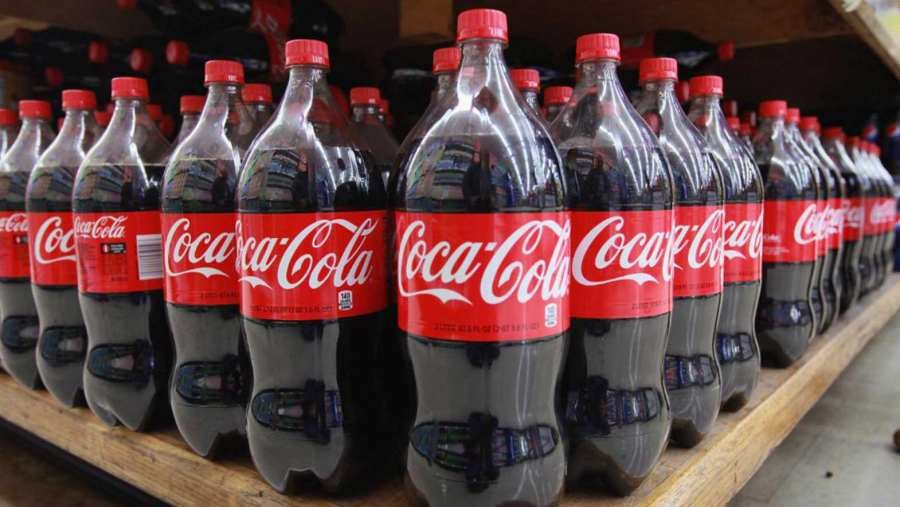Distribution Management | Introduction
Table of Contents
Introduction to Distribution Management (1)
As of January 21, 2025, distribution management has become essential to business operations across various industries. It involves the meticulous planning, execution, and oversight of the movement of goods from suppliers to consumers. This process is not merely about logistics; it encompasses a broader strategy integrating marketing, sales, and customer service. Effective distribution management ensures that products are delivered to the right place, at the right time, and in the proper condition, which is vital for maintaining customer satisfaction and loyalty. In the context of the marketing mix—often referred to as the 4Ps (Product, Price, Place, Promotion)—distribution management plays a crucial role in the “Place” aspect. It determines how products reach consumers and influence their purchasing decisions. A well-structured distribution strategy can enhance a company’s competitive advantage by ensuring product availability and optimizing delivery processes.

The Role of Distribution Management in the Marketing Mix
1. Product Availability
One of the primary functions of distribution management is to ensure that products are available where and when customers want them. This involves careful planning and execution of logistics strategies to maintain optimal inventory levels across various locations. For example, SM Supermalls, one of the largest retail chains in the Philippines, has developed a robust distribution network that allows them to stock their stores with a wide range of products. By strategically locating their warehouses and utilizing advanced inventory management systems, SM ensures that products are readily available for customers, enhancing their shopping experience.
2. Customer Satisfaction
Distribution management directly impacts customer satisfaction by influencing delivery times and product availability. Companies that excel in distribution can provide faster service and ensure customers receive their orders as promised. Lazada Philippines, a leading e-commerce platform, has invested heavily in its logistics infrastructure to improve delivery times. By partnering with local couriers and utilizing technology for real-time tracking, Lazada enhances customer satisfaction through reliable and timely deliveries.
3. Cost Efficiency
Effective distribution management can significantly reduce operational costs. Businesses can lower their logistics expenses while maintaining service quality by optimizing transportation routes and managing inventory levels efficiently. Puregold Price Club Inc., a major supermarket chain in the Philippines, employs sophisticated logistics strategies to minimize costs associated with transportation and warehousing. Their focus on cost efficiency allows them to offer competitive prices to consumers while maintaining profitability.
4. Market Reach
Distribution management also plays a vital role in expanding market reach. Companies can access a broader audience by utilizing various marketing channels—such as direct sales, online platforms, and retail partnerships. For instance, Globe Telecom has successfully implemented a multi-channel distribution strategy that includes physical stores, online sales through their website, and partnerships with third-party retailers. This approach enables Globe to cater to diverse consumer preferences while maximizing its market presence.

Key Components of Distribution Management
To effectively manage distribution processes, companies must consider several key components:
1. Planning
Effective distribution management begins with thorough planning and accurate demand forecasting. This involves analyzing historical sales data, market trends, and customer demand patterns. Companies like Nestlé Philippines utilize advanced analytics tools to predict consumer behavior accurately and adjust their distribution strategies accordingly.
2. Inventory Management
Maintaining optimal inventory levels ensures product availability while minimizing carrying costs. Inventory management systems help track stock levels, reorder points, and replenishment schedules. For example, Monde Nissin Corporation is known for its popular Lucky Me! Noodles employs sophisticated inventory management techniques to ensure that its products are always available in stores without overstocking.
3. Transportation
Choosing the correct transportation mode and optimizing routes are essential for efficient distribution. Cost, speed, reliability, and sustainability must be considered when selecting transportation methods. Transportify, a logistics company in the Philippines, leverages technology to optimize delivery routes for businesses across Luzon and Cebu. Their platform allows companies to book deliveries quickly while ensuring timely service.
4. Warehousing
Warehousing plays a vital role in distribution management by providing storage facilities for inventory and facilitating order fulfillment. Efficient warehouse layout and management practices contribute to streamlined operations. Companies like Robinsons Supermarket have invested in modern warehousing solutions that enhance their ability to fulfill orders quickly while minimizing handling costs.
5. Fulfillment
Efficient order fulfillment processes ensure accurate and timely delivery of customer orders. This includes order picking, packing, and shipping, supported by robust logistics and tracking systems. Zalora, an online fashion retailer in the Philippines, has implemented advanced fulfillment strategies to process orders rapidly while providing customers real-time shipment updates.

Current Trends Influencing Distribution Management
The landscape of distribution management is continuously evolving due to technological advancements and changing consumer behaviors:
- E-commerce Growth: E-commerce has transformed traditional distribution models by enabling direct-to-consumer sales channels. Companies like Shopee have capitalized on this trend by providing user-friendly platforms for sellers while ensuring efficient logistics support for timely deliveries.
- Sustainability Practices: As environmental concerns grow among consumers, companies are increasingly adopting sustainable practices within their distribution networks. For example, Coco Life Insurance has integrated eco-friendly initiatives into its operations by promoting paperless transactions and utilizing digital platforms for customer engagement.
- Technology Integration: Technology integration into distribution management has enhanced efficiency through automation and real-time tracking systems. Businesses leverage software solutions like Enterprise Resource Planning (ERP) systems to streamline operations from order processing to inventory management.
- Omni-Channel Distribution: The shift towards omnichannel retailing requires businesses to create seamless experiences across multiple online and offline channels. Companies like Ayala Malls have embraced this trend by integrating their physical stores with digital platforms to provide customers with flexible shopping options.

Challenges Facing Distribution Management
Despite its importance in business operations, distribution management faces several challenges:
- Supply Chain Disruptions: Events such as natural disasters or global pandemics can disrupt supply chains significantly, affecting inventory levels and delivery times.
- Geographical Barriers: The archipelagic nature of the Philippines presents logistical challenges when transporting goods between islands.
- Regulatory Compliance: Adhering to government regulations regarding product safety or consumer protection adds complexity to distribution processes.
- Changing Consumer Preferences: Rapid consumer behavior shifts necessitate constantly adapting distribution strategies to meet evolving expectations.

Conclusion
In conclusion, distribution management is a fundamental aspect of business operations that significantly impacts marketing effectiveness and overall profitability within the marketing mix framework. By ensuring product availability, enhancing customer satisfaction, achieving cost efficiency, and expanding market reach through various marketing channels—companies like SM Supermalls, Lazada Philippines, Puregold Price Club Inc., Globe Telecom, Nestlé Philippines, Monde Nissin Corporation, Transportify, Robinsons Supermarket, Zalora, Shopee, Coco Life Insurance, Ayala Malls exemplify how effective distribution management can drive success even amidst challenges unique to the Philippine market.
As businesses continue adapting to evolving consumer expectations and technological advancements in 2025 and beyond, mastering distribution management will remain key to sustaining growth in an increasingly competitive marketplace while meeting customer needs effectively.

More Stories
- Services Marketing | Introduction
- Coca-Cola Acquisition and Rebranding
- Traditional Thai Costume Rental | Pattaya
- Palm Veranda, Palm Fairway Club | Restaurant Review
- Boodle de Pala Pala | Park Inn by Radisson Bacolod
- Digital Transformation: A Case Study of Jojo Vito Designs Gallery
- Lion’s Park Grill Haus in Manokan Country | A Review
- E-commerce and Internationalization [ Introduction 2025 ]
- Camiguin Tourist Spots and Things to Do
- Theious: A Night of Tasteful Conversations in Bacolod City
- Travel Essentials: Crafting Unforgettable Journeys with Savvy Planning




